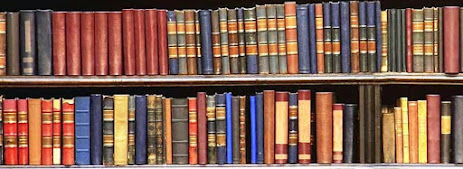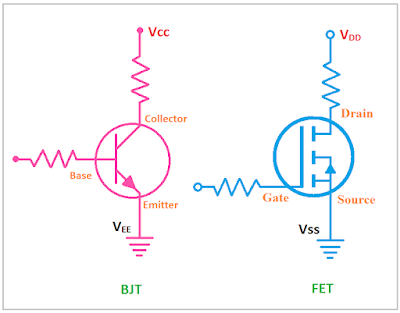List of Best Recommended Text Books for MSc IT Students
• Stroustrup, B. (1995) The C++ Programming Language, Addison Wesley Publishing Company• Schild Herbert , The Complete Reference to C++, Osborne McGraw Hill.
• Rambaugh et al., Object Oriented Modeling and Design, P.H.I. (EEE).




